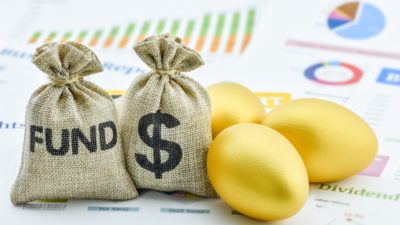If the COVID-19 pandemic is anything like the Spanish Flu, the worst stock market losses may be behind us. That’s according to Great Hill Capital’s Thomas Hayes, who weighed in on his blog last month. Using Dow Jones data, he observed that the market fell 33% in the first months of the pandemic and had bounced 35% off the bottom by October 1918 – the deadliest month of the outbreak. According to Hayes, the market had discounted a “worst-case scenario” by late 1917, and began pricing in the recovery the following year.
If the Dow’s movements during the Spanish Flu are any indication, the present bear market may be short lived. History never tells the full story, and every crash is a little different from the one preceding it. Nevertheless, Hayes’ research shows that a pandemic needn’t necessarily bring about years of prolonged stock market losses. In this article, I’ll review some aspects of the Spanish Flu pandemic that may provide insights about where we’re heading today.
The 1918 pandemic coincided with a war
The most important thing to keep in mind about the Spanish Flu outbreak is that it coincided with the latter years of World War I. This is significant because wars are themselves major events with significant economic impacts.
The conventional wisdom is that wars increase GDP by stimulating spending and technological innovation. That appears to have been true in some cases in World War I, but not all.
According to John Horn’s Companion to World War I, the GDPs of Britain, Italy, and the U.S. increased from 1914 to 1918, but the central powers saw GDP declines. Germany in particular saw GDP shrink between 12% and 43% over four years (estimates vary). This information has to be noted because it represents a major difference between the 1918 pandemic and the current one.
Lockdowns and business closures were common
Despite the differences between 1918 and today, there were also similarities. Most notably, both pandemics saw lockdowns, business closures, and travel bans. In 1918, the state of Victoria, Australia, announced a state of emergency with almost the exact same measures we’re seeing today. Public gatherings were banned, travel was restricted, and borders were closed.
In the U.S., many businesses refused to accept customers unless they wore masks. A St. Louis Federal Reserve report says that businesses saw revenue declines between 40% and 50%. So, business fundamentals were impacted by the outbreak. Yet, as we saw earlier, the stock market still bounced back.
An example of how one TSX bank reacted
One good TSX stock to look at in the context of the Spanish Flu pandemic is the Bank of Montreal (TSX:BMO)(NYSE:BMO). With a history dating back to 1817, it experienced – and survived – the outbreak.
In 1918, the worst year of the Spanish Flu, BMO was busy. It acquired the British Bank of North America and its 79 branches, and also opened its first branch in Paris. The bank paid its dividend that year without any issues. By 1920, the bank was once again expanding, having bought out the Colonial Bank in the West Indies.
What this history tells us is that companies can not only survive, but thrive, during the most challenging times. Like any other business, BMO suffered setbacks during the Spanish Flu pandemic of 1918. Yet it pushed through, emerging bigger and better than before. Once the COVID-19 outbreak is over, we’ll be able to look back and say the same thing.









